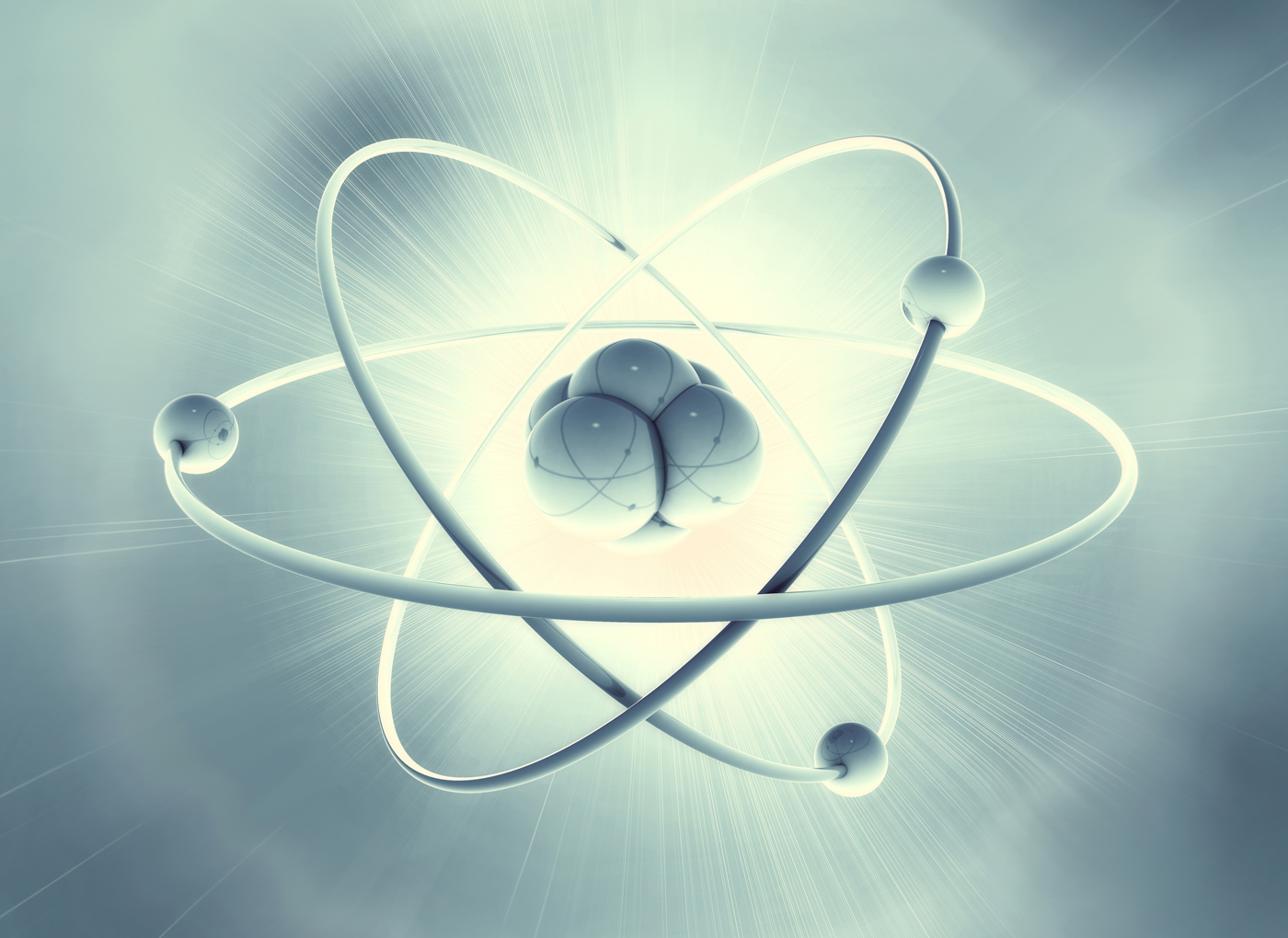Matter and energy
You may be asking yourself, what role does chemistry play in anatomy & physiology? Well, the answer is fairly simple. Your entire body is made up of 1000’s of chemicals that continuously interact with one another. Since chemical reactions are a part of all physiology processes within the body, a basic understanding of chemistry must be established to understand how physiological (digestion, pumping of blood, ect.) processes work.
Furthermore, thanks to years of scientific studies and experiments using complex laboratory equipment such as stirrers for laboratory liquid and fluid, our understanding of chemistry and its role in anatomy and physiology has been enhanced.
Matter is defined as anything that occupies space and has mass. In many instances, matter can even be seen and felt.
States of matter
Matter can exist as a solid, liquid, or gas. Each state of matter is found in the human body. For example, bones and teeth are solid, they have a definite shape and volume. In contrast, blood is a liquid, it has a definite volume but its shape changes. The air we breath is considered a gas and has no definite shape or volume.
Energy

Energy is defined as the capacity to do work, or put matter into motion. Energy has no mass and can only be measured by the effects it has on matter. The greater work done, the more is needed to complete the task. For instance, a sprinter who just ran 100 meters uses more energy than someone who casually jogs 100 meters.
Kinetic versus Potential Energy
Energy exists as kinetic and potential energy. Each form can be transformed into the other.
- Kinetic energy– is energy in action. Kinetic energy is the opening of a door, or the pulling of a cart. It’s energy in motion (moving objects).
- Potential energy– is stored energy. It is stored energy with the potential, or capability to do work. For instance, a battery is an example of potential energy. It’s stored energy that can be used in the future. Water behind a dam is a widely used example of potential energy.
When potential energy is released, it becomes kinetic energy allowing it to do work.
Forms of energy
- Chemical energy– is energy stored in bonds of chemical substances. When chemical reactions occur within the body, potential energy stored in bonds (atoms) is released and becomes kinetic energy. A good example of this would be energy from foods. When you eat food, the body does not use the food directly. Instead, energy from the food is captured in temporary bonds of ATP (adenosine triphospahte). Eventually, ATP’s bonds are broken and the stored energy is released. ATP is the most useful form of energy in living systems. It’s used to run almost every functional process of life.
- Electrical energy– is formed when charged particles move. In the body, electrical currents are generated when ions (charged particles) move across cell membranes. The nervous system uses nerve impulses (electrical currents) to transmit messages throughout the body.
- Mechanical energy– is energy that’s directly involved in moving matter. When you ride a bike, your legs provide the energy to move the pedals.
- Radiant energy (electromagnetic energy)– is energy that travels in waves. This could be a topic all by itself but here’s a brief description. The waves vary in length and are collectively called the “electromagnetic spectrum”. They include radio waves, ultraviolet waves, infrared waves, visible light and more. An example would be ultraviolet waves from the sun causing sunburn (these same waves also stimulate the body to make vitamin D). Visible light stimulates the retina of our eyes and plays a role in vision. The list goes on.
Energy conversion
In most cases, energy is easily converted. For instance, chemical energy in gasoline can be used to power the motor of a car. By doing so, the energy is converted to mechanical energy (the tires move). During an energy conversion, some energy is always lost as heat. All energy conversions in the body give off heat. In turn, the heat helps us maintain our body temperature.






























0 Comments: